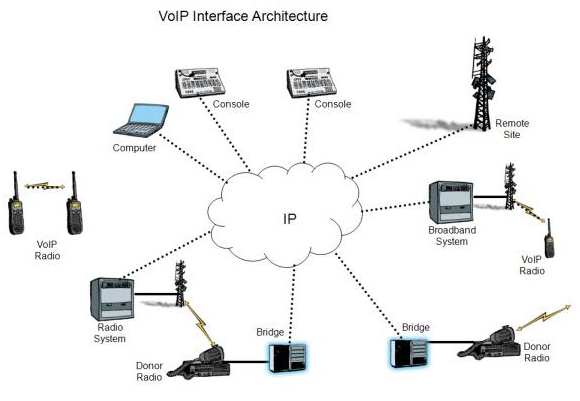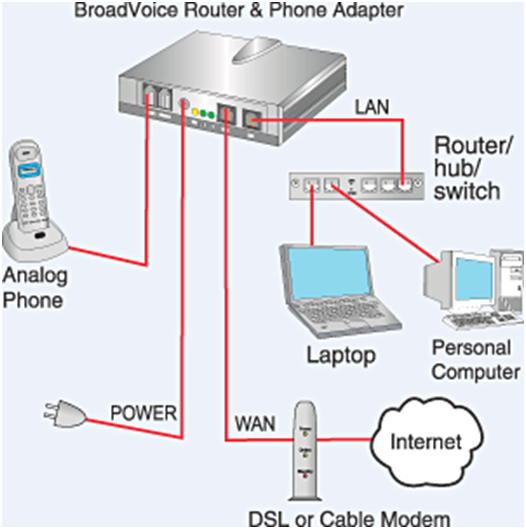How does a VoIP system work?
VoIP systems are quickly becoming the norm, both in businesses and home environments, but most of the time the end users aren’t even aware.

When people think of VoIP, most of them think of programmes like Skype – convenient software, but not really a telephone replacement. VoIP networks are much more than that, and poised to take over all telephone communication within the next decade. Indeed, BT has targeted 2025 as the date they switch off the ‘traditional’ telephone network in favour of VoIP.
With that reality in mind, we should all understand, at least at a very basic level, how VoIP works, both on a physical level in a home or business, and how the technology works ‘logically’ on the networks.
How do physical VoIP systems work?
In most cases, an end user will not notice the difference between using VoIP and a traditional phone – the handset will be extremely similar, and it will work in the same way. There are, however, differences.
First, the cables will all be the same sort of RJ45 network cable as a computer network uses and it will even be on the same network. What this can mean to users and administrators is that they can, in most cases, take their phone number with them wherever they go, either in the office or even at home or mobile.

This is because the ‘backend’ system is based on software instead of hardware – instead of the ‘physical’ line mattering, numbers and identities can be assigned on the fly, based on login or identity information.
How does VoIP work logically?
Once you get outside of your own home or business, a few questions arise. First, how is VoIP provided? Simply, it will either be provided by a ‘traditional’ telephony provider on a contract, or minutes will be bought from a wholesale VoIP termination provider like idtexpress or a VoIP reseller.
VoIP can offer substantially lower costs to customers due to its use of the internet infrastructure, rather than relying on the more expensive carriage rates on telephone lines. At some point, however, calls need to ‘break out’ to the telephone network. Most providers will try to do this as close to the destination as possible, so even long distance calls can be charged at far below their usual rate.

